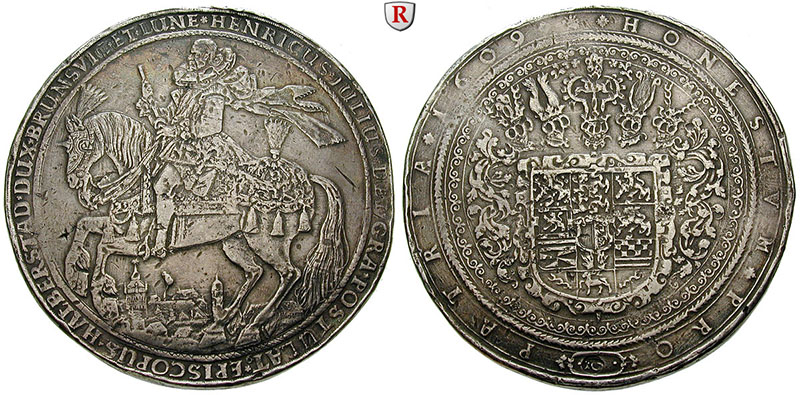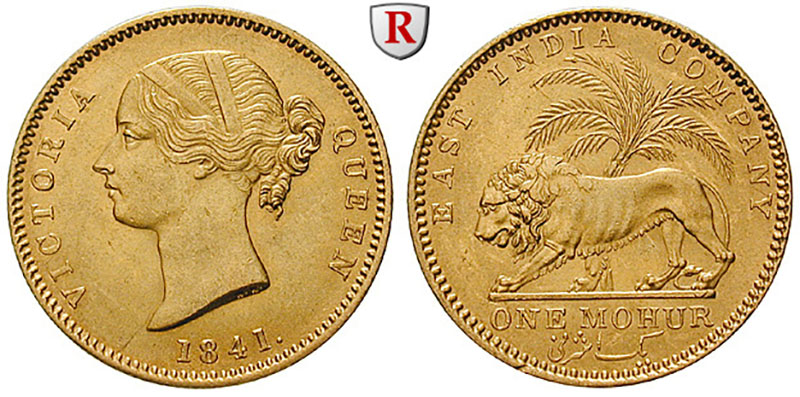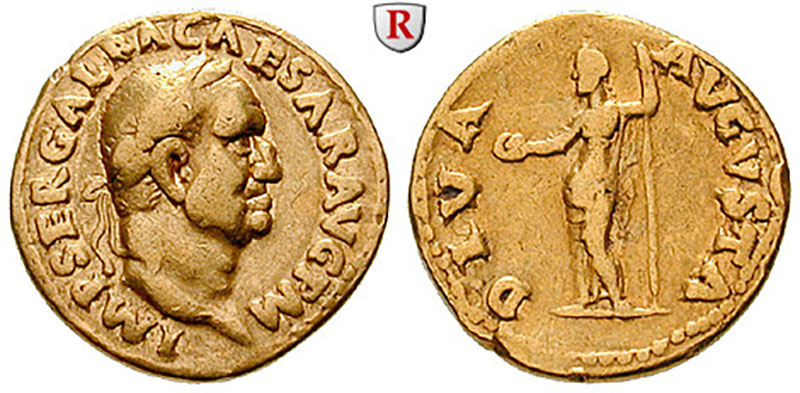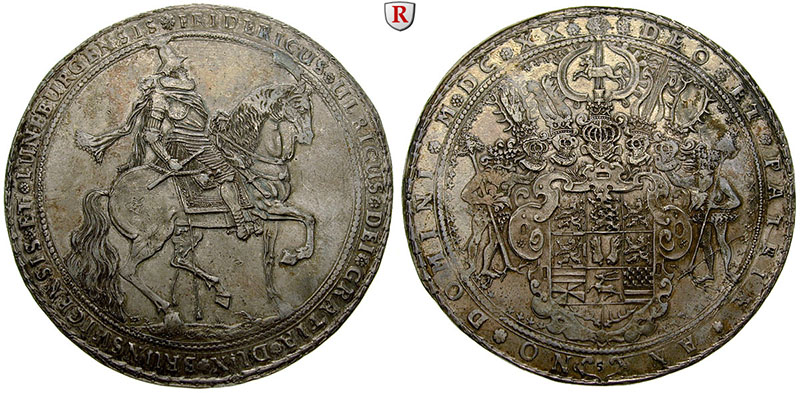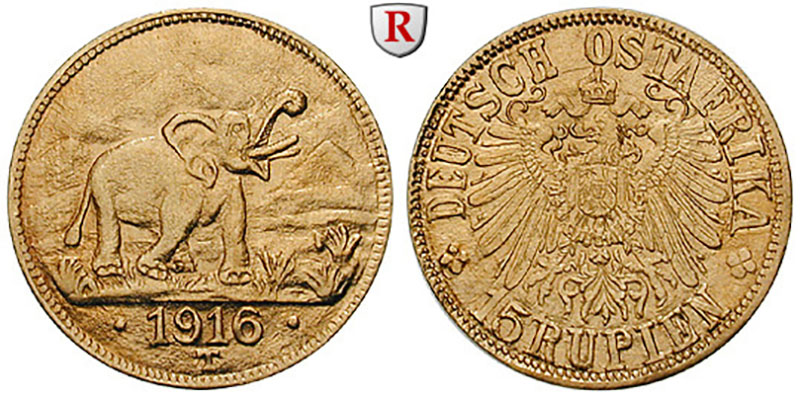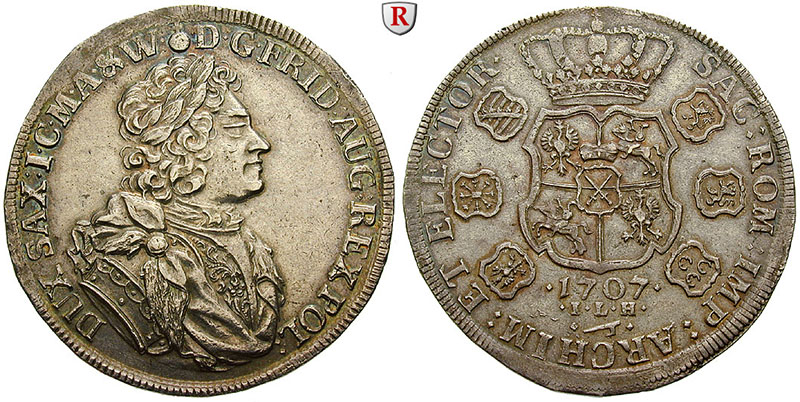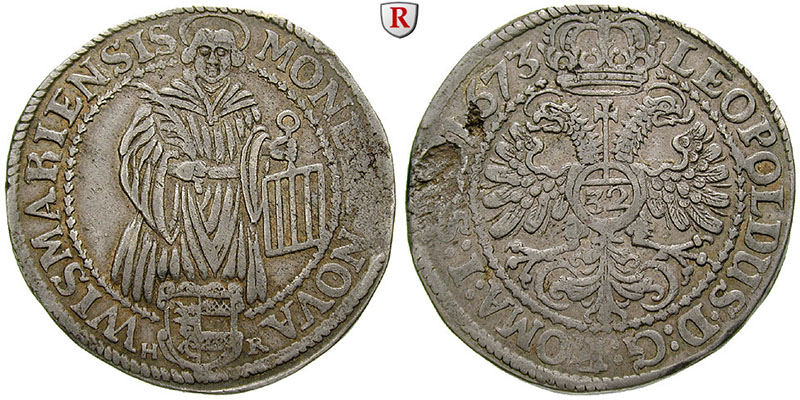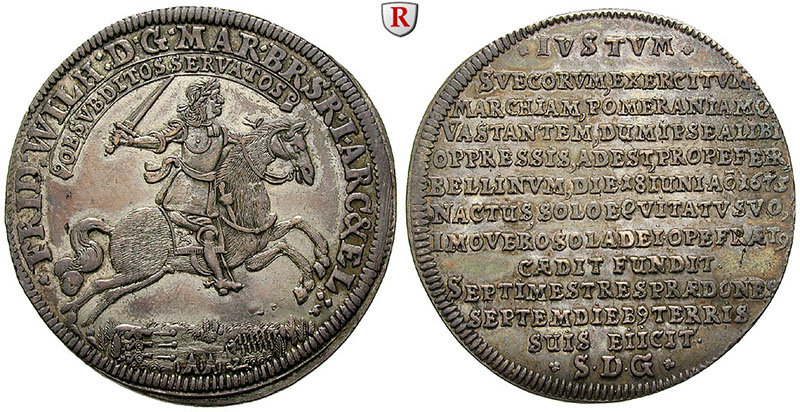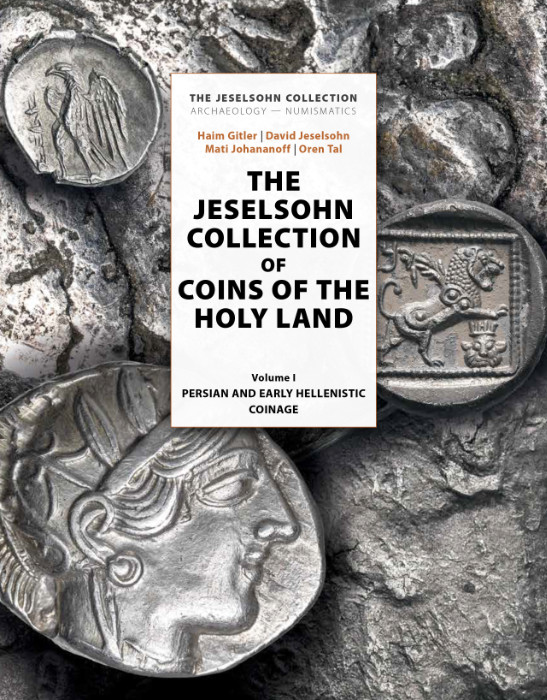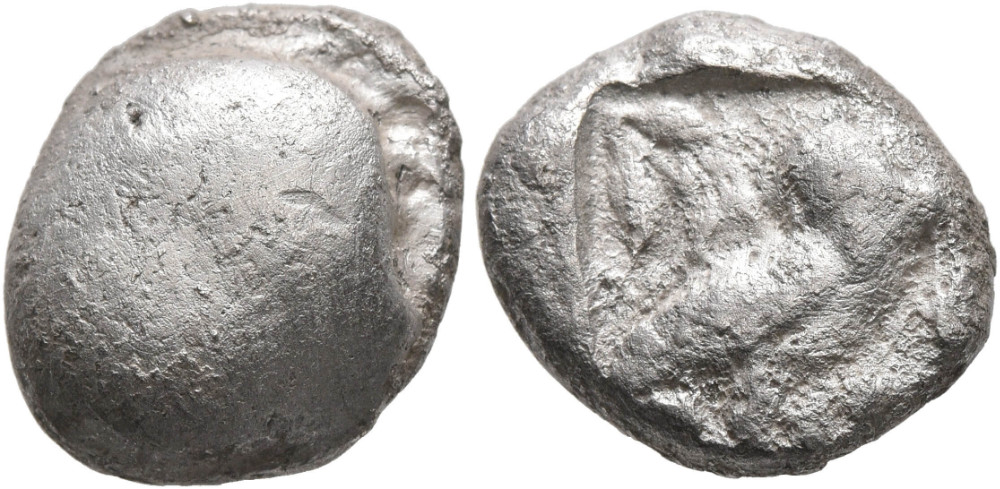Hacksilber, Persian and Early Hellenistic Coinage from the Jeselsohn Collection
by Haim Gitler
Haim Gitler, David Jeselsohn, Mati Johananoff and Oren Tal present the first volume of a series about the Jeselsohn Collection of Coins of the Holy Land, which is probably the most important collection of coins of the southern Levant. This volume covers Hacksilber, Persian and Early Hellenistic coinage.
The current volume on coins from the Jeselsohn Collection contains a catalogue of the largest collection of early coinages minted locally in the southern Levant during the fifth-fourth centuries BCE. The two centuries of Achaemenid dominion in the Near East, from 538 until 332 BCE, constitute a crucial period in the history of the southern part of the Fifth Persian Satrapy, also known as “Beyond the River” (‘Abar Naharâ). This period is marked by a profound transformation in the economic, political and cultural life of the region.
From the mid-fifth century BCE we witness a transition in the means of payment from the use of weighed metal (mostly silver) to that of foreign coinage, and, subsequently, to local issues. The issuing of local coins by civic minting authorities should be seen as a part of a longer process of monetization by which the use of precious metals in various shapes for economic transactions was transformed into the use of coins for such transactions in the southern Levant.
The current volume by Haim Gitler, David Jeselsohn, Mati Johananoff and Oren Tal covers the Persian and Early Hellenistic Coinage, i.e. from the Persian (Achaemenid) and early Hellenistic (Ptolemaic and Seleucid) periods, roughly 450 to 250 BCE, as well as three Hacksilber and jewelry hoards and varia. This includes the coinage of Philistia, Samaria, Judah and possibly Dor and Edom.
Other Volumes
This is volume I on the Jeselsohn Collection, four volumes are planned overall. Here is what to expect in the future:
Volume II will cover the city coins of the Hellenistic and Roman periods, i.e. from Alexander the Great’s conquest of the area in 333 BCE to the cessation of city-coin minting under the Roman Emperor Gallienus from 258 to 268 CE.
Volume III will be dedicated to Jewish coinage. It will cover the period from the Hasmoneans – John Hyrcanus I (134–104 BCE) – to the end of the Bar Kokhba War in 136 CE.
Volume IV, which was the first to be published in 2022, covers the coinage of Islamic rulers, from the conquest of the area by the Arabs in 634 CE until the end of the minting activity in this area around the end of the thirteenth century CE. It also covers the coins of the Crusaders, between 1099 and 1291 CE.







